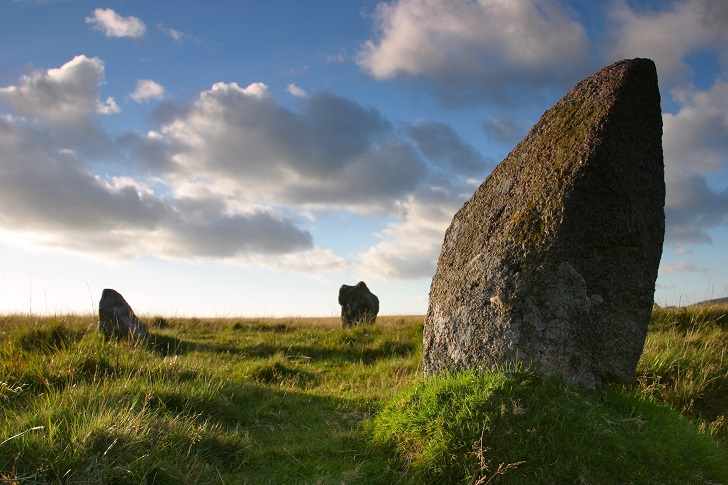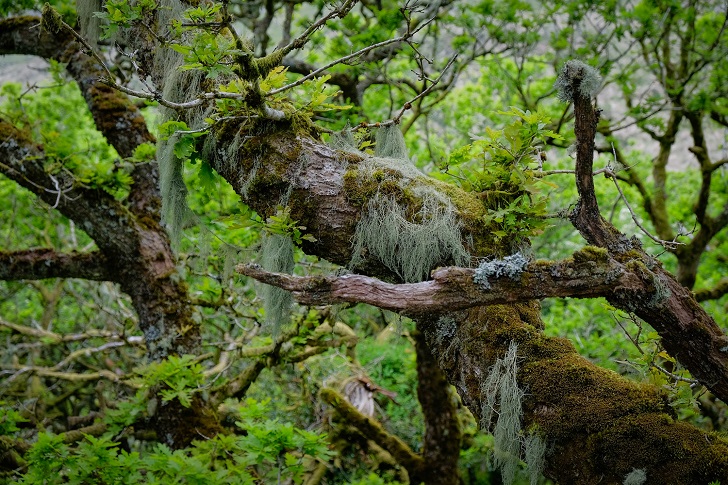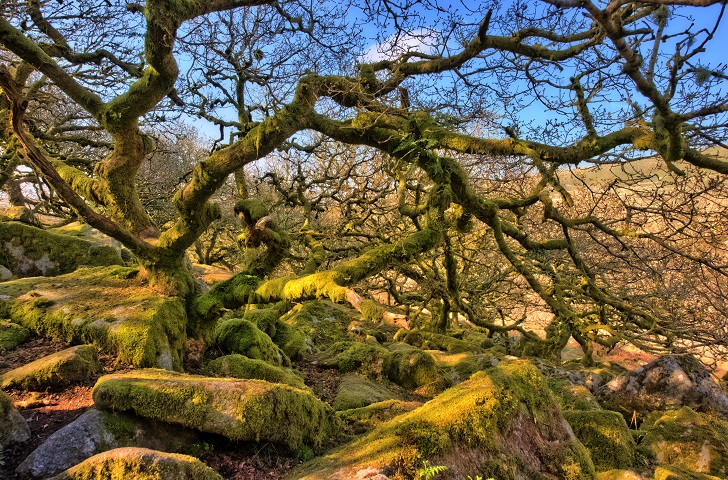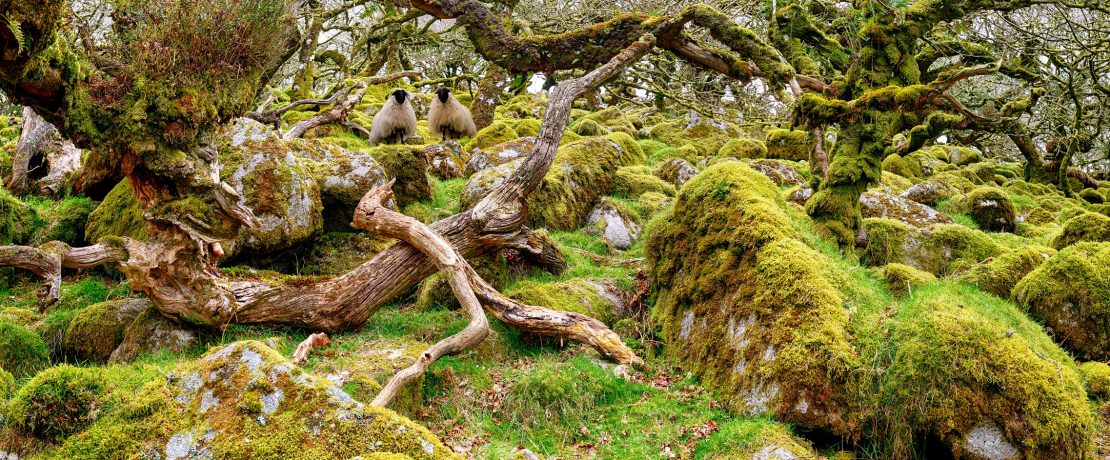Earth Pilgrim: Satish Kumar on Dartmoor’s natural mystery
A former monk and long-term environmental and peace activist, Satish Kumar’s 2008 documentary on Dartmoor was watched by over 3.6 million people. That same year, Satish contributed this celebration of Dartmoor’s natural beauty to CPRE’s Icons of England book, with a particular focus on the magical mystery of Wistman’s Wood.
My life is an unending pilgrimage – I have no destination. Touching the earth – being connected to the soil, being mindful of every step – is how I practice eco-spirituality. Walking in the wild is my meditation. Walking in nature is my prayer, my peace and my solitude. Breathing, I inhale the air, which sustains me and connects me to all life.
Dartmoor is my temple and my church – a glorious cathedral of nature – that is millions of years old. It was formed by the powers of geological time and the generosity of nature. I come here for the breath of fresh air, the smell of the wet grass, the coolness of water and the purity of rocks.

I often make my pilgrimage to Wistman’s Wood, high up on the eastern moor. It’s an ancient oak grove that Druids made their place of worship thousands of years ago – the name Wistman’s Wood means ‘Wise man’s Wood’. The trees here hold firm to the earth to show us the resilience of life at high altitude, six hundred metres above sea level on the windy moors. They grow through massive slabs of granite.
Local myths and legends speak of ‘nature spirits’ inhabiting these woods. When everything looks dry and dormant, lichen and moss thrive. Life is vibrant here. One species of lichen that lives in this wood can be found nowhere else on earth. It is exquisite, a vital link in the interconnectedness of all living things.

These woods are sparse now. Once, much of the moor was covered in oak. Now there are only remnants of the ancient forest – the wood’s aura of light and shade. It is a place of mystery, memory and meaning, and I feel at one with this primeval paradise.
I find these trees loving, compassionate, still, unambitious and enlightened. In eternal meditation they give pleasure to a pilgrim, shade to a deer, berries to a bird, beauty to their surroundings, health to their neighbours, branches for fire and leaves to the soil. They ask nothing in return, in total harmony with the wind and the rain. The trees are my mantra, my poem and my prayer. Through them, I learn about unconditional love and generosity.

Mistletoe – a sacred plant – grows high on the trees when everything else is dormant. It is a celestial gift, the marvel of life in the darkness of winter. There is a symbiosis between the thrush and this plant. The mistle thrush’s song signals love as a biological imperative. Give the gift of kisses under mistletoe and your love will be eternal.
The Buddha would sit under a tree for hours in his renowned posture, touching the earth with the fingertips of his right hand. This symbolizes reverence for the earth and recognition that everything – our body, our knowledge and wisdom – comes from and returns to the earth. Someone once asked the Buddha from whom he learnt the virtue of forgiveness. The Buddha pointed towards the earth. That became his famous posture and gesture.
The oak wood below, lightning above and thunder all around, are part of the great mystery of nature. All the science, philosophy and poetry of the world put together cannot explain the ultimate meaning of existence. And I am happy to live with this mystery.
Satish Kumar is Editor Emeritus of Resurgence magazine and a co-founder and Visiting Fellow of Schumacher College in South Devon. Find out more about his Earth Pilgrim book and documentary on Dartmoor and read his latest Resurgence article on creating a holistic environmental movement.
This extract was previously published in CPRE’s Icons of England (2008), a collection of essays on our heritage and landscape edited by Bill Bryson.









